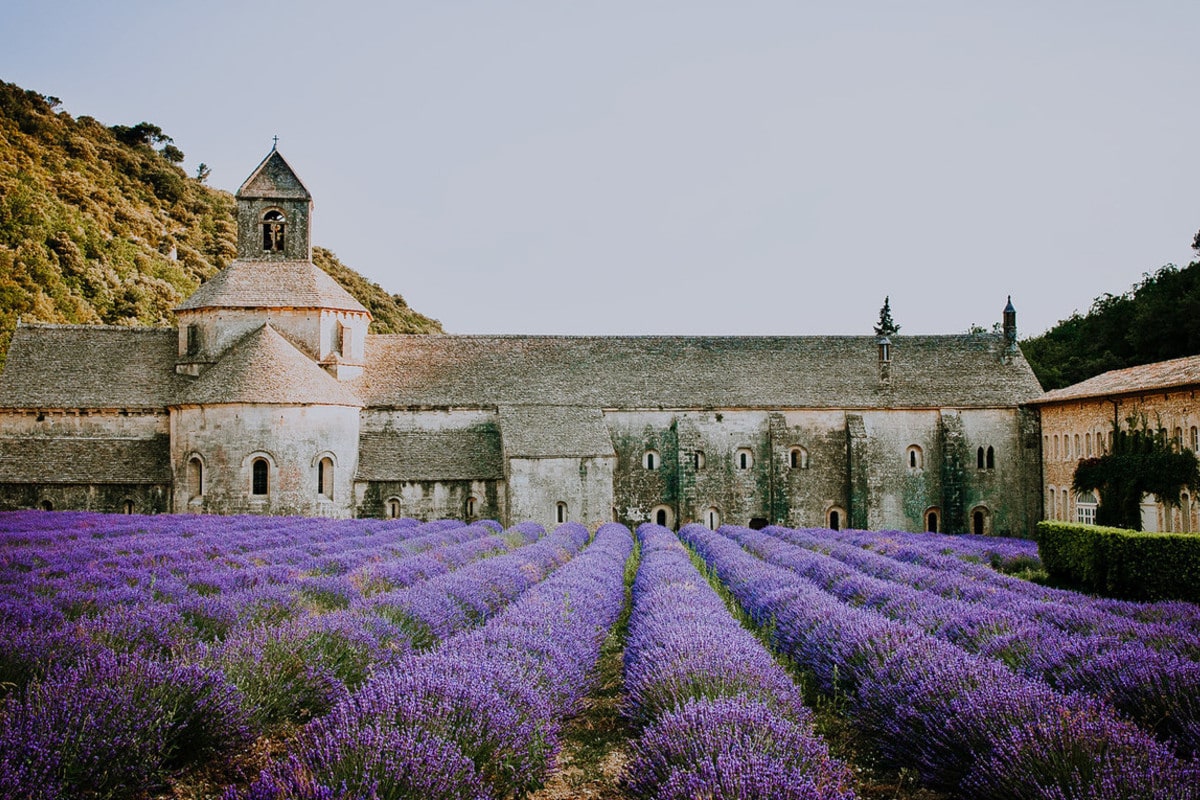Provence is not just a region in the south of France, but a true symbol of beauty, harmony, and Mediterranean sunshine. This picturesque land is famous for its endless lavender fields, medieval villages, coastal charm, and unique lifestyle. It has preserved the spirit of antiquity, and its cultural heritage is rich and diverse. Provence has inspired artists, writers, winemakers, and travelers from all over the world. Here is a collection of fascinating facts about this remarkable region that you may not have known.
- The name Provence comes from the Latin word provincia, as it was the first Roman province established outside Italy. The Romans left behind many architectural monuments such as theatres, aqueducts, and baths. Well-preserved amphitheaters in Arles and Orange still stand as witnesses of that era.
- Provence is world-renowned for its lavender fields, which bloom from mid-June to early August. Lavender has become a symbol of the region and plays a key role in the local economy, being used in perfumes, cosmetics, and food products. The most iconic lavender views can be found on the Valensole Plateau and near Sénanque Abbey.
- The region enjoys a Mediterranean climate with hot, dry summers and mild winters. These conditions are ideal for growing grapes, olives, lavender, and herbs. As a result, Provence is famous for its wine, olive oil, and aromatic seasonings.
- Provence is the birthplace of many well-known dishes such as ratatouille, bouillabaisse, and aioli. Local cuisine is based on vegetables, fish, olive oil, and herbs like thyme, rosemary, and basil. The culinary traditions here reflect the art of French living and eating well.
- The region has been a beloved destination for many great artists. Vincent van Gogh created more than 300 paintings in Arles and Saint-Rémy-de-Provence, inspired by the light and colors of the landscape. Paul Cézanne, Henri Matisse, and Marc Chagall also worked in this region.
- The medieval hilltop villages of Provence are architectural gems. These stone-built towns with narrow winding streets have preserved their historical charm. Notable examples include Gordes, Les Baux-de-Provence, Roussillon, and Ménerbes.
- Provence has strict regulations to preserve its rural landscape and traditional architecture. These laws help maintain the balance between nature and human development. New buildings must conform to local styles and use natural materials.
- In the 14th century, Avignon served as the seat of the popes. The Papal Palace is one of the largest and best-preserved Gothic palaces in Europe. Every July, the city hosts the world-famous Festival d’Avignon, a major celebration of theatre.
- The Provençal language, a dialect of Occitan, is still studied and used in cultural contexts. Although French is the dominant language, local dialects are preserved through folklore, literature, and music. Some towns feature bilingual street signs.
- Provence borders the French Riviera, making it especially attractive for tourists. Nice, Cannes, and Saint-Tropez are part of historic Provence and are among the most luxurious resorts in Europe. The region combines natural beauty, history, and modern glamour.
- Provence is one of France’s most important wine-producing regions. It is especially known for its rosé wine, which has been produced here since ancient times. The AOC Côtes de Provence is one of the region’s most recognized wine labels.
- The region is a popular filming location thanks to its stunning scenery and soft natural light. Movies like A Good Year and various commercials and series have been filmed in Provence. It remains a favorite setting for filmmakers and photographers.
- Local markets are an integral part of Provençal life. They offer fresh produce, cheeses, olive oil, spices, handmade goods, and, of course, lavender. These markets are always lively and filled with friendly interactions.
- Numerous Roman structures still stand in Provence, including the Pont du Gard aqueduct, a UNESCO World Heritage Site. Built in the 1st century AD, it remains in remarkable condition. This masterpiece of engineering continues to impress visitors today.
- Provence represents the French rural lifestyle that is admired around the world. It attracts not only tourists but also people seeking peace and quiet among olive groves and lavender fields. The region is especially popular with writers, chefs, designers, and retirees.
Provence is more than just a region on the map of France. It is a cultural phenomenon where every detail, from the scent of lavender to the color of the hills, carries meaning. These interesting facts allow you to better understand the atmosphere of a place that has inspired generations of artists and travelers. You may not have realized how rich and captivating Provence is, but now it is likely to stay in your memory as something truly special.





